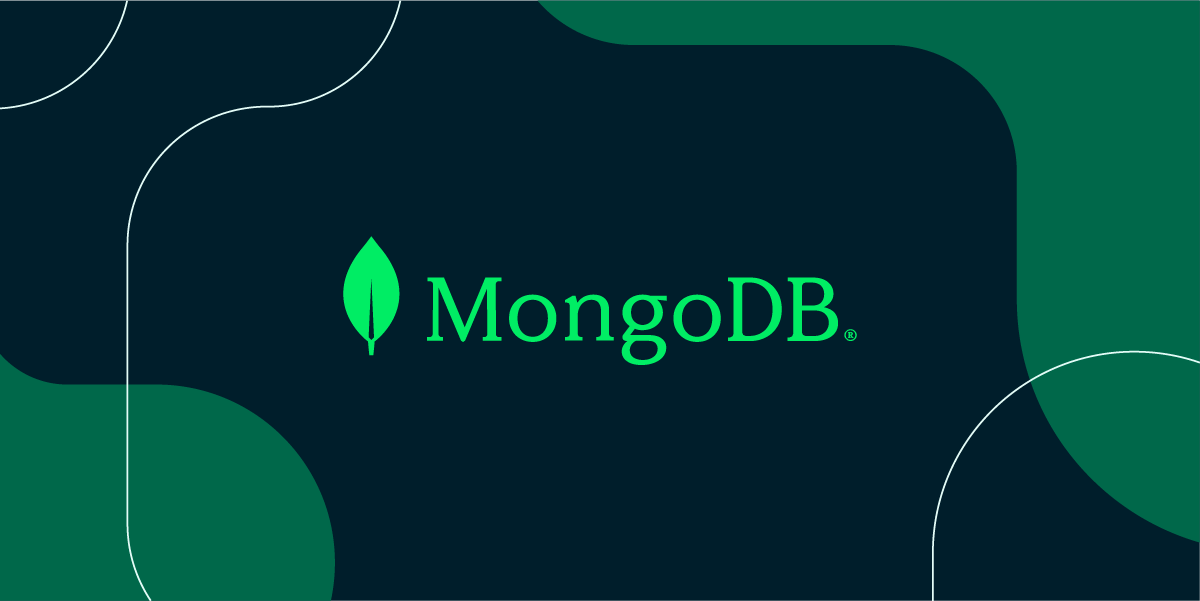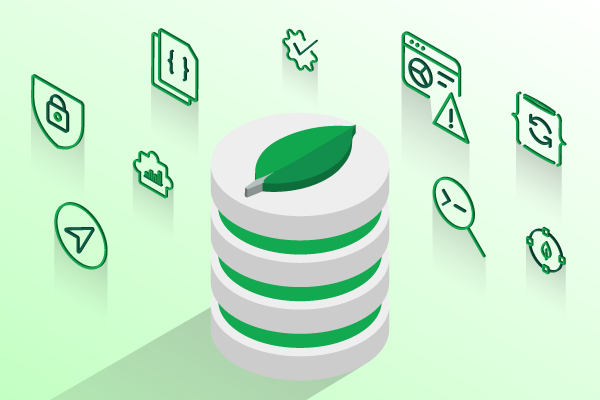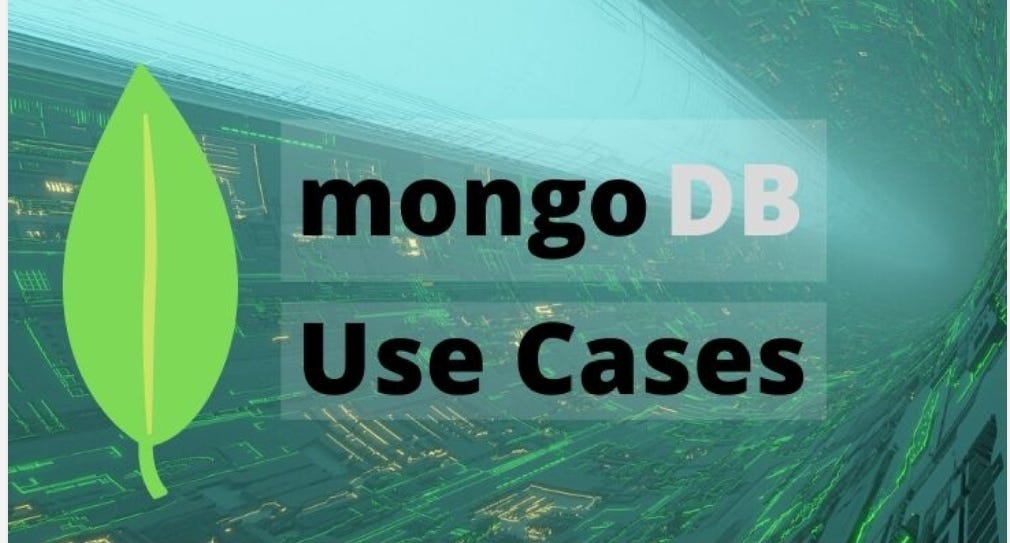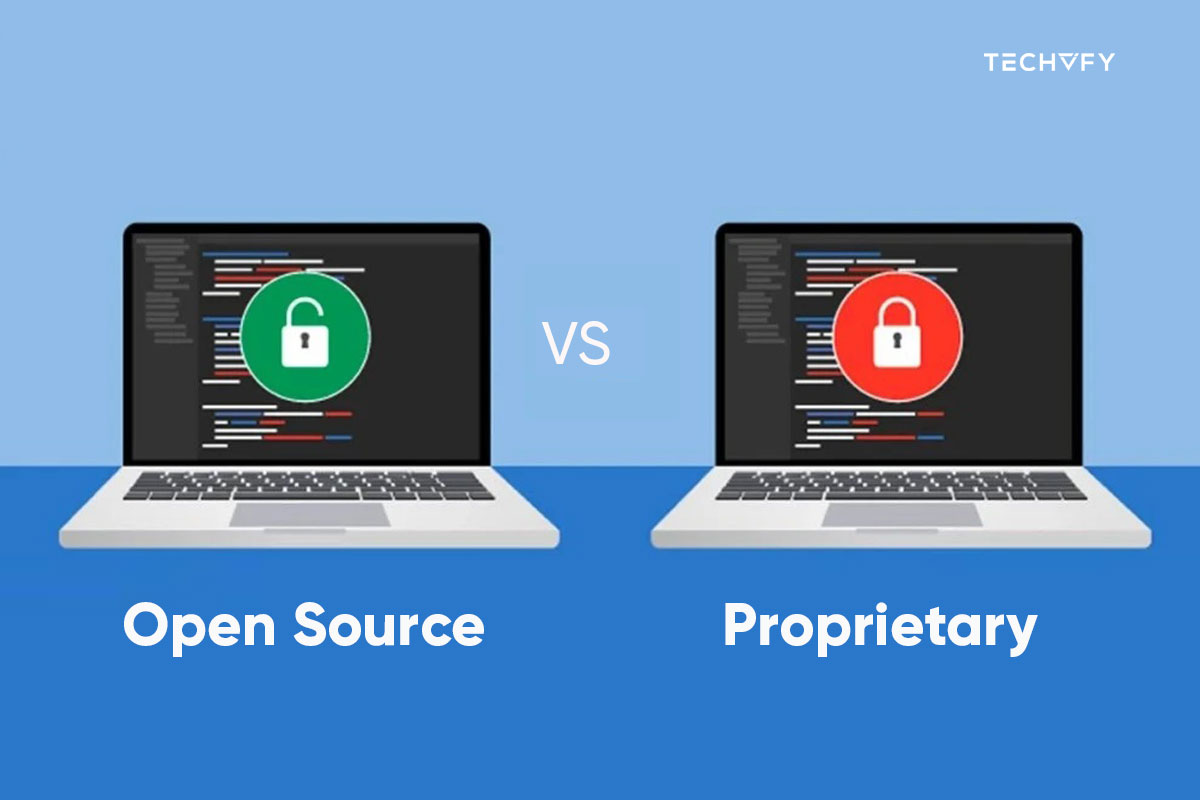As data volumes worldwide continue to grow, there’s a noticeable surge in interest in non-relational databases, commonly known as ‘NoSQL’. This trend sees businesses and organizations exploring new ways to handle vast amounts of data, shifting their focus to alternative database management tools that differ from conventional relational database systems. In this context, MongoDB emerges as a significant player.
This blog will delve into “What is MongoDB and how it works”, offering an initial glimpse into its capabilities and features. It aims to understand MongoDB, setting aside traditional database approaches clearly.
I. What is MongoDB?
MongoDB is a freely available NoSQL database management system known for its functions in MongoDB, including extensive handling.
It is an alternative to conventional relational databases using NoSQL (Not Only SQL) technology. This type of database is particularly effective for controlling comprehensive, distributed data sets. MongoDB excels in managing document-based data, enabling the storage and retrieval of information efficiently.
This tool is widely utilized for storing vast quantities of data, ensuring swift performance even with large data volumes. MongoDB is favored by organizations for its capabilities in ad-hoc querying, indexing, load balancing, data aggregation, and executing server-side JavaScript, among other functionalities.

Structured Query Language, commonly known as SQL, is the universally accepted language for administering relational databases. It organizes data into schemas and tables, each with a predetermined structure.
As a NoSQL database, MongoDB differs from relational databases by using collections and documents instead of tables and rows. Documents in MongoDB consist of key-value pairs, forming the fundamental data unit. Collections, akin to SQL tables, hold groups of documents. MongoDB is compatible with numerous programming languages, including C, C++, C#, Go, Java, Python, Ruby, and Swift.
II. Key Components of MongoDB
| Document Model | The fundamental unit in MongoDB is the document. These documents are JSON-like structures composed of key-value pairs. MongoDB’s document model is intuitive for developers as it maps naturally to objects in most programming languages. |
| Collections | Collections in MongoDB are akin to tables in relational databases. They hold sets of documents and do not enforce a schema. This means different documents in a collection can have other fields. |
| Database | A MongoDB instance can host multiple databases, each serving as a high-level container for collections. |
| BSON | MongoDB uses BSON (Binary JSON) for data storage. BSON enhances the JSON framework by incorporating extra data types and ensuring efficient encoding and decoding across various languages. |
| Sharding | MongoDB supports horizontal scaling through sharding. It distributes data across multiple machines using a shard key. |
| Replication | MongoDB provides high availability with replica sets. A replica set is a group of MongoDB servers that maintain the same data set, giving redundancy and increasing data availability. |
| Query Language | MongoDB features a rich query language that supports CRUD operations (Create, Read, Update, Delete) and allows for complex queries and aggregations. |
| Indexes | MongoDB enhances search efficiency by allowing indexing on any document field. |
| Aggregation Framework | This is a powerful feature for performing complex data aggregation operations. It allows users to process data and return computed results. |
| GridFS | For storing and retrieving large files, such as images or videos, MongoDB uses GridFS. It splits the file into chunks and keeps them as separate documents. |
| MongoDB Atlas | This is MongoDB’s fully managed cloud service, offering an easy way to host and manage MongoDB databases in the cloud. |
| MongoDB Compass | A graphical client that allows users to visualize and manipulate their MongoDB data. |
More database-related articles at TECHVIFY:
III. The Advantages of MongoDB
MongoDB presents a range of notable advantages:
01. Schema Flexibility
Unlike traditional relational databases, MongoDB operates without the need for predefined schemas. This approach allows the storage of diverse data types, allowing users to include any number of fields in a document. This attribute simplifies scaling MongoDB databases.
02. Document-Centric Approach
Utilizing documents offers a significant benefit, as these structures align well with native data types in many programming languages. The presence of embedded documents in MongoDB minimizes the necessity for database joins, potentially reducing operational costs.
03. Enhanced Scalability
MongoDB is renowned for its horizontal scalability, a key feature for handling large-scale data applications. Through sharding, it efficiently distributes data across multiple machines. Additionally, MongoDB facilitates the creation of data zones based on shard keys.

04. Extensive Third-Party Support
MongoDB is compatible with various storage engines and offers APIs for pluggable storage engines. This compatibility enables third-party developers to craft bespoke storage engines tailored for MongoDB.
05. Advanced Aggregation Capabilities
MongoDB is equipped with in-built aggregation tools, allowing the execution of MapReduce operations directly within the database. This capability negates the need for external MapReduce processing, such as on Hadoop. MongoDB also features GridFS, a file system designed to manage files exceeding BSON’s 16 MB document size limit. While MongoDB can be an alternative to Hadoop, it also integrates seamlessly with Hadoop, Spark, and other data processing frameworks.
IV. Use Cases and Applications
Understanding the meaning of MongoDB is key to appreciating its versatility and wide range of applications, let’s check them out:
Web Applications
MongoDB is commonly utilized in numerous web applications as the main data storage solution.
The MEAN stack, a well-known web development framework, incorporates MongoDB for data storage. MEAN stands for a collection of technologies including MongoDB, ExpressJS, AngularJS, and NodeJS.
Example: GitHub.
GitHub, a version control and collaboration platform, uses MongoDB to handle the vast amounts of data generated by millions of developers working on various projects. The adaptability and scalability of MongoDB render it perfectly suited for handling various data types and structures in programming projects.
Big Data
MongoDB is also capable of managing large-scale data.
Big Data involves extensive, rapidly evolving data that is easily accessible and available for efficient problem-solving.
Therefore, MongoDB is suitable for applications dealing with Big Data.
Example: MetLife.
MetLife, an international provider of insurance, annuities, and employee benefits, utilizes MongoDB for its application known as “The Wall.” This application integrates and presents a 360-degree view of customer data, a classic example of Big Data usage. MongoDB’s ability to handle large volumes and varieties of data makes it a perfect fit for such applications.
Demographic and Biometric Data
MongoDB operates one of the largest biometrics databases globally. It stores an extensive range of demographic and biometric information.
For instance, India’s Aadhar project, a Unique Identification initiative, uses MongoDB to store vast demographic and biometric data of over 1.2 billion individuals.
Example: Aadhar.
As mentioned, India’s Aadhar project is a significant example. It uses MongoDB to store and manage over a billion citizens’ demographic and biometric data. This project showcases MongoDB’s capacity to handle vast datasets securely and efficiently.

Synchronization
MongoDB effectively manages complex tasks requiring synchronization.
It is primarily used in gaming applications like EA’s FIFA Online 3. EA, a renowned gaming studio, employs MongoDB for this game’s database.
Example: Electronic Arts (EA).
Specifically, for their game FIFA Online 3, EA uses MongoDB. This game requires real-time data synchronization for a seamless multiplayer gaming experience. MongoDB’s performance in handling real-time data with low latency is crucial for such applications.
Please feel free to contact us for a free consultation: Data Engineering Services
E-commerce
MongoDB is ideal for e-commerce platforms and product data management due to its adaptable schema.
It helps manage user shopping carts and inventory interactions through “Inventory Management.”
Additionally, MongoDB offers a report titled “Category Hierarchy,” outlining methods for interacting with category hierarchies within MongoDB.
Example: eBay.
eBay, an e-commerce giant, uses MongoDB for several internal tools and platforms. MongoDB’s flexible schema is beneficial for managing the diverse and evolving data associated with online shopping, from product listings to user interactions and transaction histories.
Conclusion
In summary, “What is MongoDB?” can be answered as a flexible and powerful NoSQL database, ideal for a variety of applications. Its ability to efficiently handle different data types, scale with ease, and its comprehensive features make it a favored choice in numerous industries. From managing vast amounts of data at GitHub to supporting big data initiatives at MetLife, and powering e-commerce platforms like eBay, MongoDB demonstrates its robust capabilities.
If you’re exploring MongoDB for your business needs, TECHVIFY team is ready to assist you in optimizing your data management and enhancing your applications with MongoDB. Reach out to TECHVIFY for dependable MongoDB solutions that align with your specific business requirements.
TECHVIFY – Global AI & Software Solution Company
From Startups to Industry Leaders: TECHVIFY prioritizes results, not just deliverables. Accelerate your time to market and see ROI early with high-performing teams, AI (including GenAI) Software Solutions, and ODC (Offshore Development Center) services.
- Email: [email protected]
- Phone: (+84)24.77762.666





